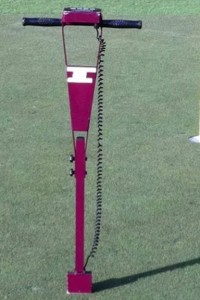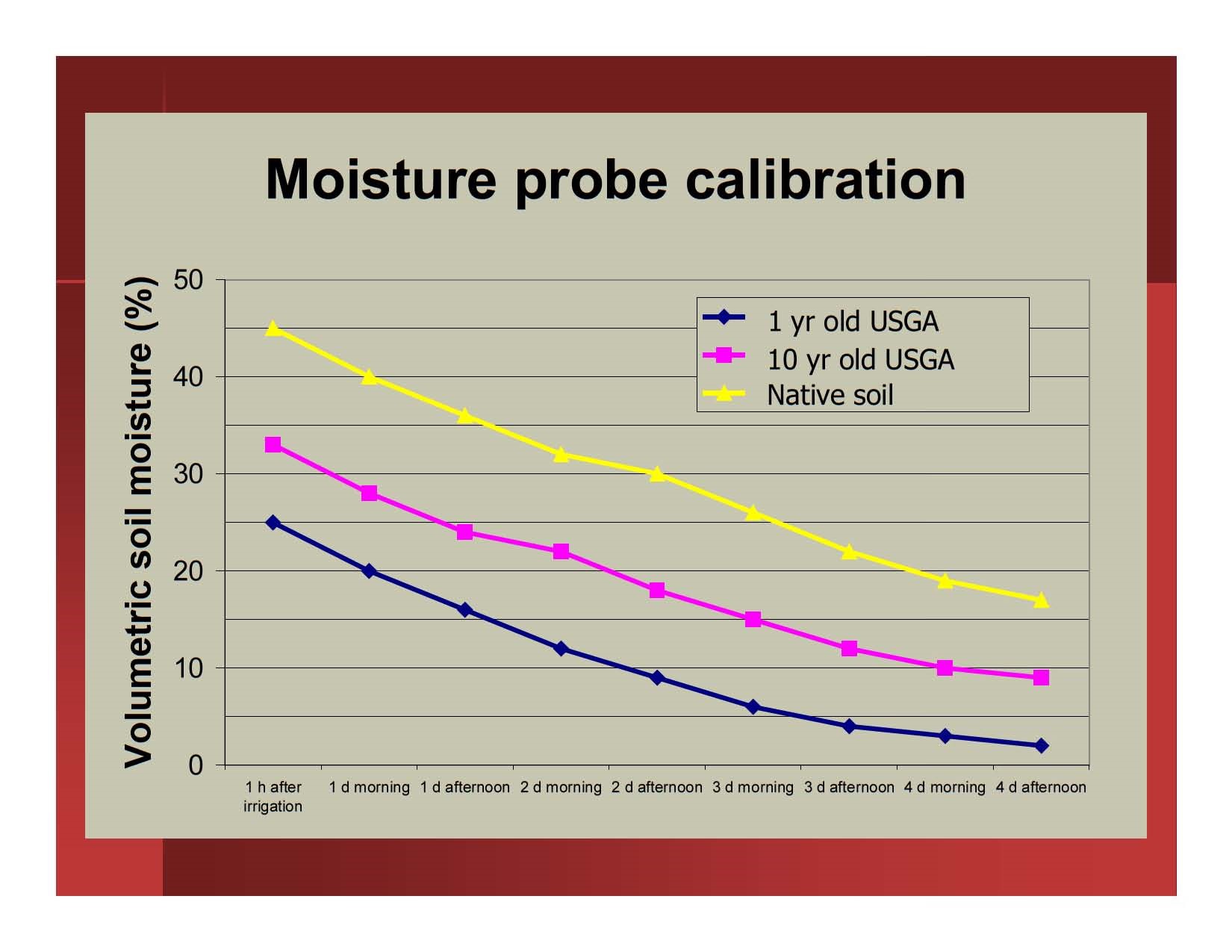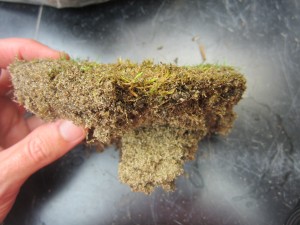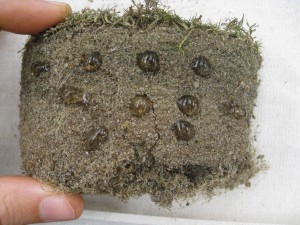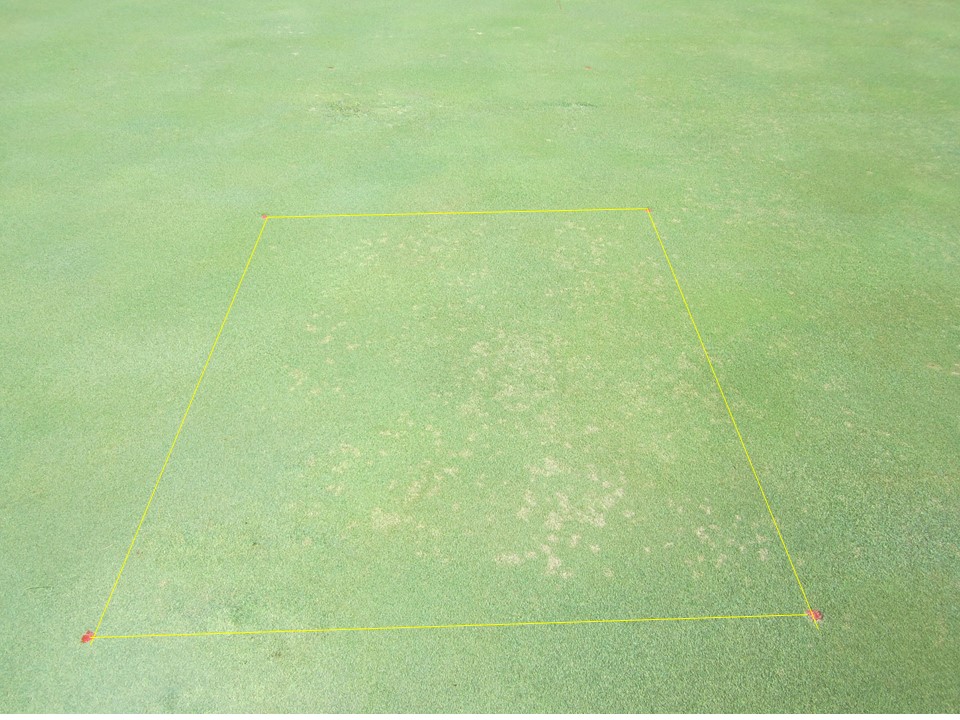In 2016, Dr. Fry wrote a blog post titled “Bentgrass Declining? It’s from Western Europe – You Live in Kansas”. Last year we faced high summer temperatures and this year we are facing the same. Like many across the state and beyond, the bentgrass greens at Rocky Ford Turfgrass Research Center are stressed. To address the summer stress on bentgrass greens I think that it is a good idea to revisit this topic.
Below is Dr. Fry’s article. Enjoy!
In the midst of a summer with 100+ F temperatures, it’s worthwhile to consider some of creeping bentgrass’s preferences and management strategies that might be helpful to reduce its stress, and yours. See, the thing about creeping bentgrass on putting greens is….
- It came from Western Europe. You live in Kansas.
| Average July maximum temperature (°F) | Average July minimum temperature (°F) | |
| London, England | 72 | 55 |
| Manhattan, Kansas | 90 | 68 |
- Its roots die first, then its leaves. Keep the roots happy and you’ll have happy bentgrass and happy golfers.
- Its roots prefer to grow at 55 to 65 °F; root growth slows even as low as 80 °F. This summer, temperatures near the surface of greens have been over 100 °F.
- Faults with construction, drainage, management practices may produce a quality turf surface for 10 or 11 months of the year. It’s the one or two other months that cause problems. If you want to avoid bentgrass decline, then start with a good rootzone.
- Rootzones that hold water are warmer and also have less oxygen for root growth. If you don’t have an ideal rootzone, work to improve it in the fall and spring with aggressive core aerification and topdressing.
- The benefits of coring are often seen during summer stress. Why are there green polka dots within the brown turf? Turf in those spots has roots!
- Opening the green’s surface with small, solid tines or spikes can help with water infiltration and root growth during midsummer. Don’t overdo it – the turf is under stress.
- Although superintendents suspect (and often hope) that a disease is causing the problem in mid-summer, over half of the samples that are evaluated in our lab show no disease.
- In our climate, air movement across the surface of the green is critical for bentgrass health. If your greens are surrounded, let them free!
- Maximize summer airflow from the south, but also vent to the north (just like opening two windows to get cross flow in your house).
- Hand watering can be used to address deficiencies in water distribution of the irrigation system, target localized dry spots, and deal with inconsistencies in water retention and drainage in the root zone. It shouldn’t be overdone or underdone- train and use your best help for handwatering.
- Syringing refers to applying a light mist of water droplets to leaves only, and then relying upon evaporation of that water to help cool the leaf surface. How effective do you think that is on a humid, July day? Not very, unless you use a fan to encourage evaporation from the leaf!
- Trees use light for photosynthesis, so does bentgrass. If trees are shading the green, which is getting the light – the tree, or the turf?
- Cultivars that are more dense get less Poa invasion, and Poa is more likely to die during summer stress than bentgrass. Plant newer, denser cultivars to reduce Poa.( The photo shows Poa checking out in the heat.)
- Light applications of nitrogen can be beneficial during heat stress (0.10 lb. N/1,000 sq. ft.)
- Newer cultivars have been shown to be more heat tolerant than Penncross, but even these will experience decline during prolonged heat.
- Clean up laps are often the first to show symptoms of stress. Why? Excessive traffic and wear. Have you considered a dedicated mower with a slightly higher mowing height for the clean up lap? Do you skip clean up laps on some days?




